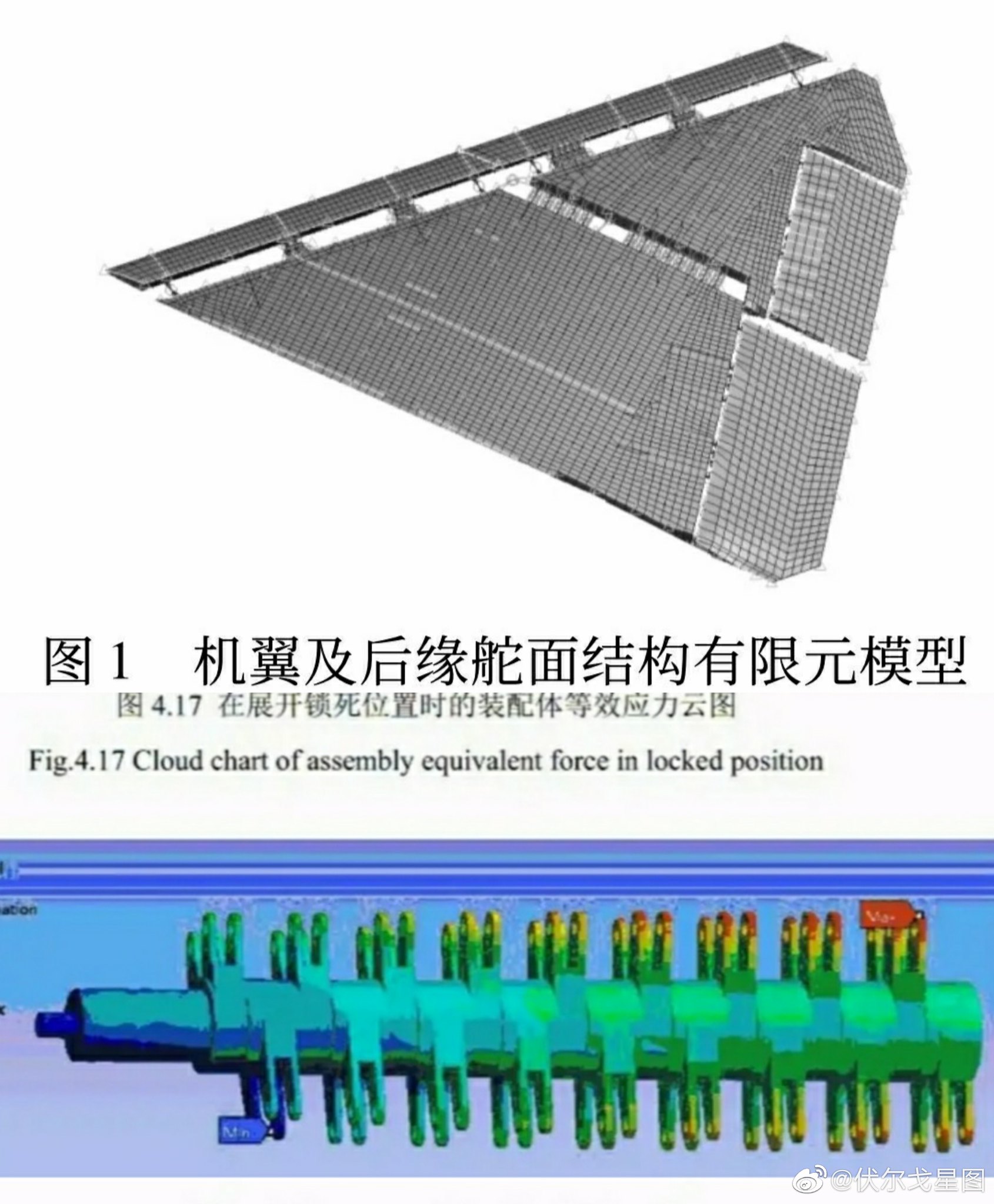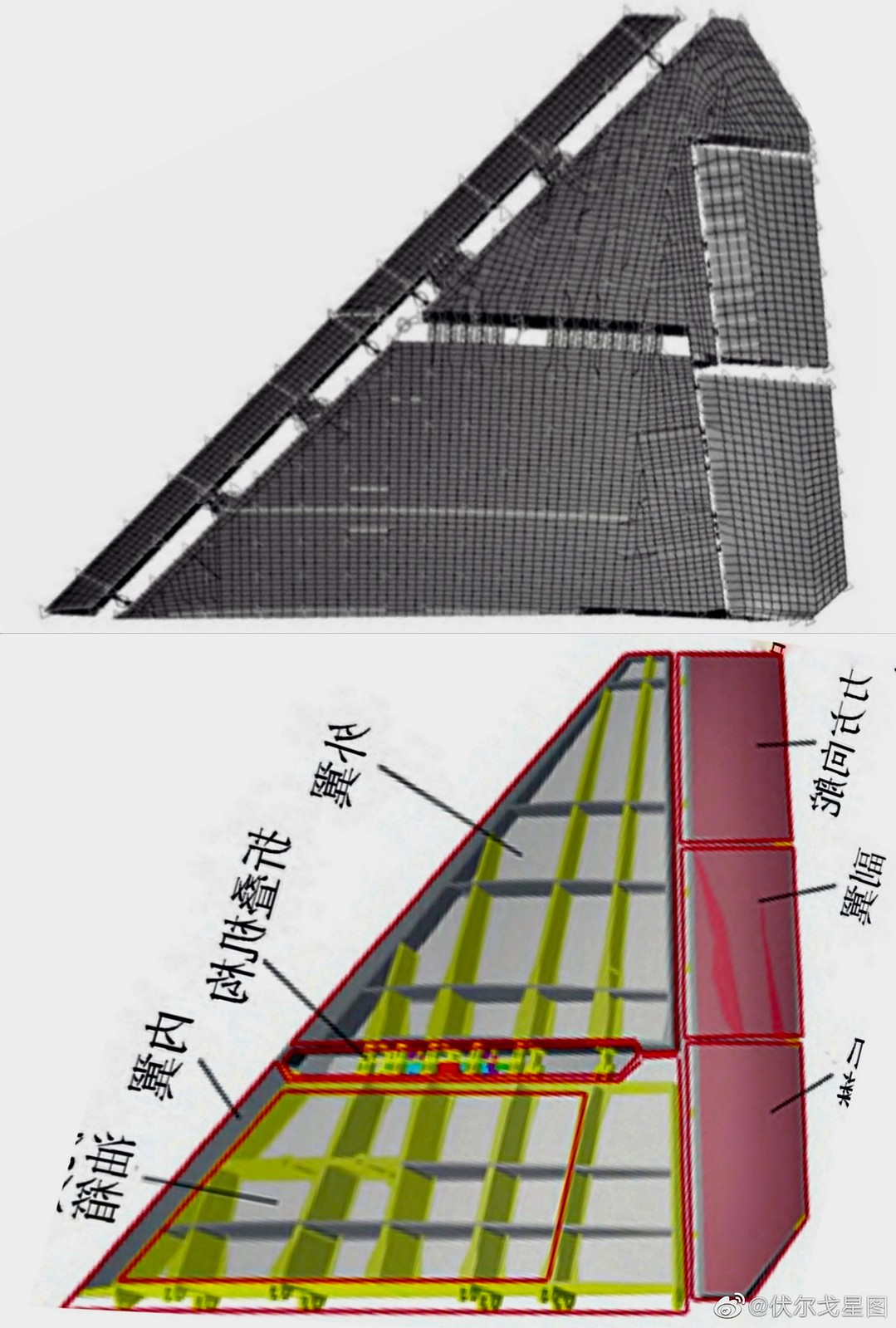In that case, is there really a need for a one-to-one/analogous replacement for the J-15s on PLAN CVs in the future?The wing shape is identical to the J-20.
Source(s) of these illustrations?
Last edited:
In that case, is there really a need for a one-to-one/analogous replacement for the J-15s on PLAN CVs in the future?The wing shape is identical to the J-20.
Source(s) of these illustrations?
Don't think the study means we will see a carrier J-20. If there really was a contest CAC would have had to do its due diligence. Honestly the nature of future systems-centric warfare itself may do away with the need for hi-lo style force structures.In that case, is there really the need for a one-to-one/analogous replacement for the J-15s on PLAN CVs in the future?
Source(s) of these illustrations?
It's just ~3 tons.Looks like a single engine medium weight loyal wingman type drone. I'm going to copy and paste this post in a different thread and create a dedicated loyal wingman thread.
It's just ~3 tons.
A research paper from Chengdu Aircraft Corporation on an electrically-driven wing folding mechanism. Does anyone have access to this paper?
I wonder if Chengdu was also working on a carrier fighter, or maybe it was merely exploring or performing design consulting on certain aspects.


As a reference, some illustrations of J-35's wing and folding mechanism design from Shenyang Aircraft:

A side-by-side comparison of Shenyang's (top) and Chengdu's (bottom) designs:

is a copy to the paper.
The 2nd paper is for the referenced Shenyang design to facilitate further comparisons.
One non-technical observation:
The specific authoring institution to the Chengdu paper happens to be Chengdu Aircraft Industry Group (CAIG, aka factory 132), and not Chengdu Aircraft Design Institute (CADI, aka institute 611). This seems to be a relatively uncommon choice as research effort from the former typically (crudely judged by historical publishing records) relates to production phase aspects such as parts processing and airframe assembling. This is in contrast to Shenyang's paper which has been authored "normally" by Shenyang's design arm (SADI, aka institute 601).
Potentially holds implications for differing purpose of research for these two proposals (or level of priority/resources devoted/stage of development).
Although this difference could also just be trivial, occurring simply due to administrative needs.
J-35 is quite discreet, maybe they have more prototypes that we don't know of already. Quite a nice news if it bring more new planes flying and more pictures of them.
I think they're talking about plant expansion for production and R&D purposes rather than J35.
